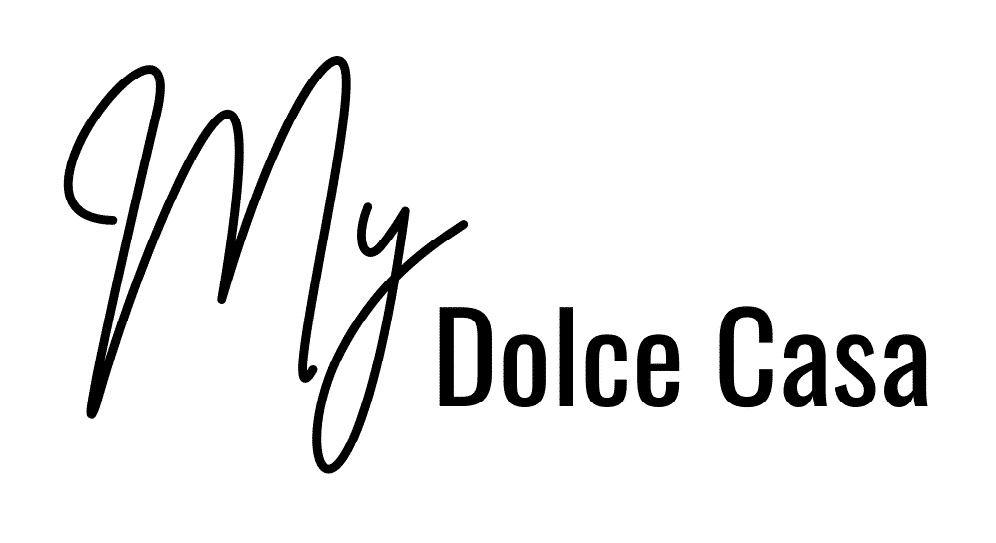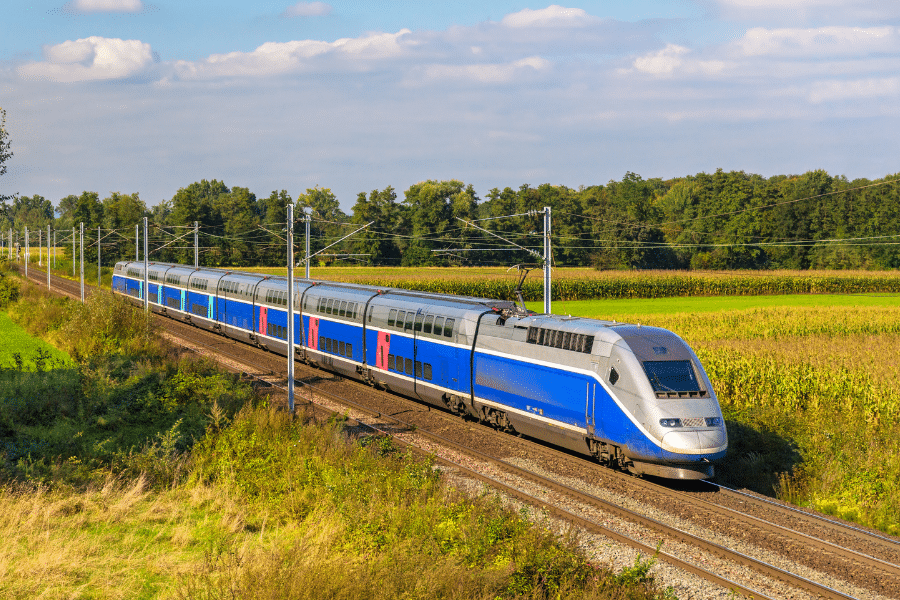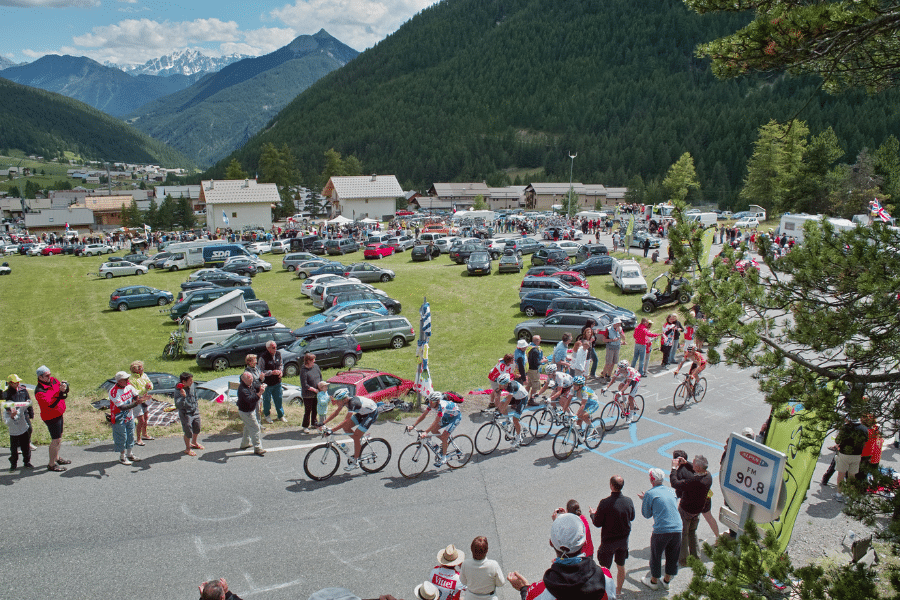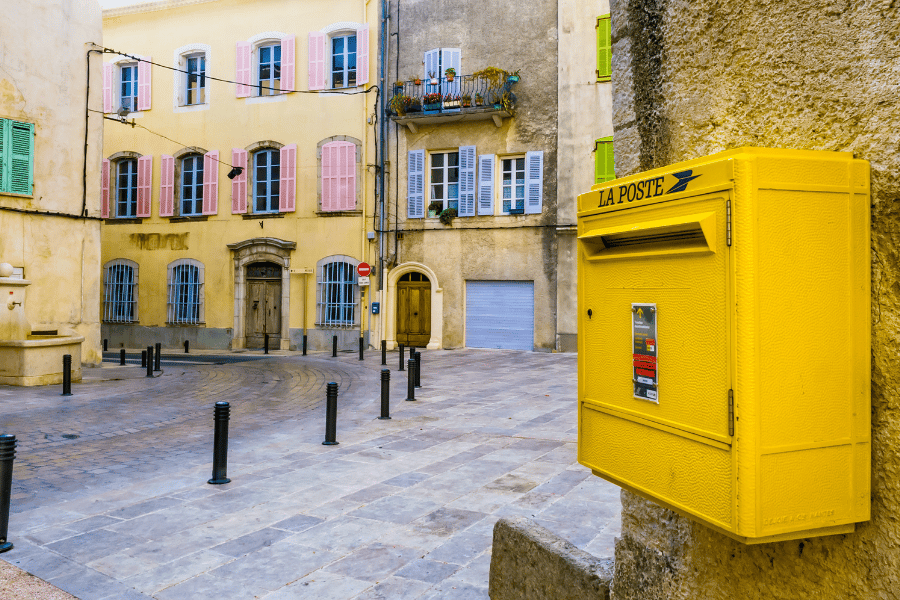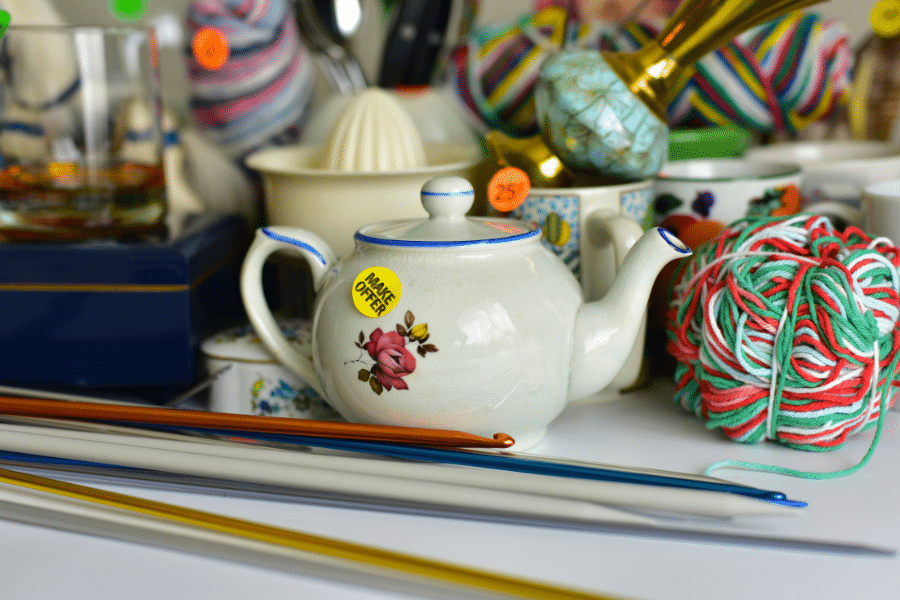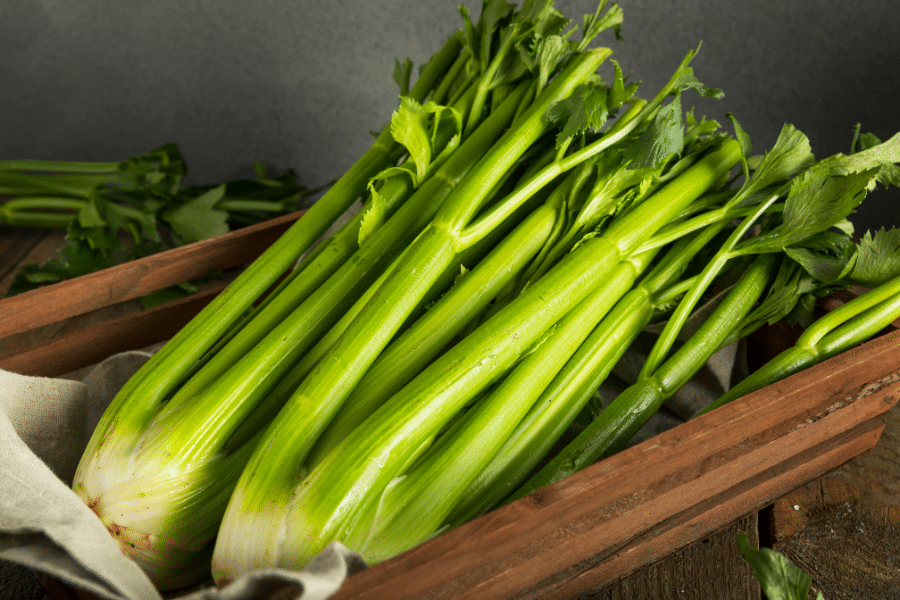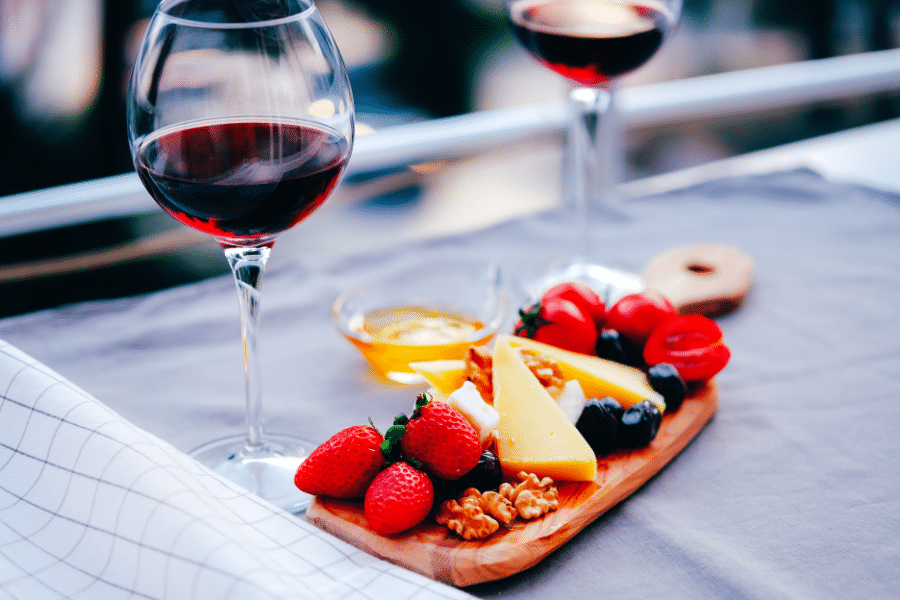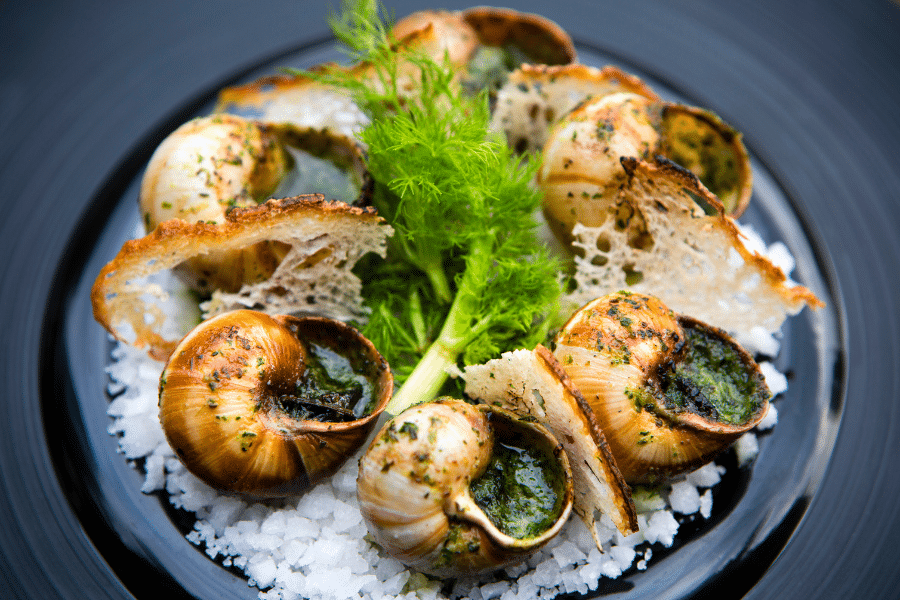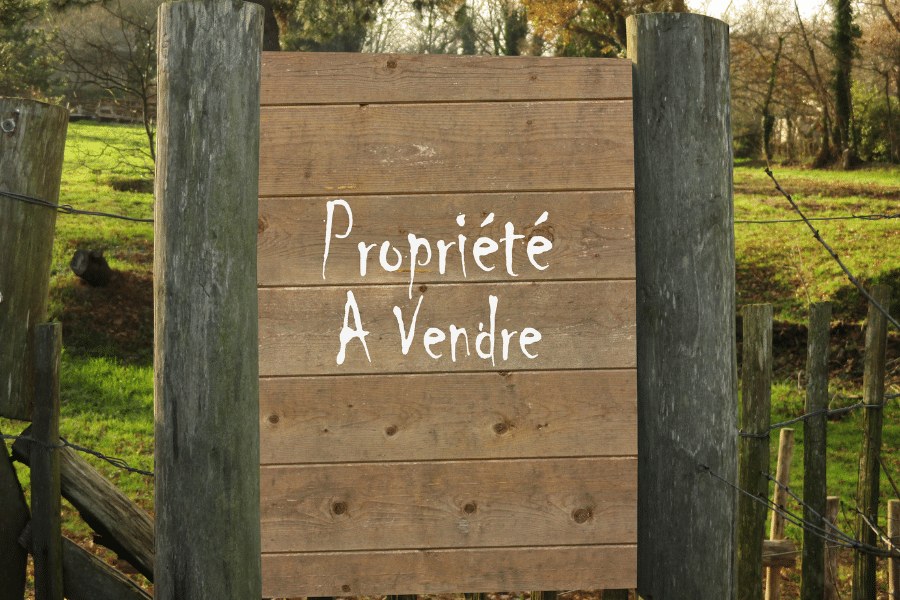Each country has its own character and La République Française is certainly unique in lifestyle, culture, and traditions. All countries have a wealth of reasons that make them unique, some unusual ‘claims to fame’ plus some amusing customs, so we’re happy to share such facts about France that you might have not heard of.
When moving to France, you will discover a few things about the French that you might find bizarre. From our experience of living in France, we came up with a list of 50 lesser-known facts and customs about France, some useful things to know, and a few that are just fun to discover:
1. France has a nickname
France is quite huge, covering 212,000 square miles or 551,000 square kilometers, which makes it the largest country in the European Union. It is often referred to as ‘Le Hexagon’ because of its shape.
2. France has five overseas territories
Besides continental France, you are also on French territory when you visit the French Guiana (South America), the islands of Guadeloupe and Martinique which are both in the Caribbean, or Mayotte and Réunion islands, situated close to the coast of East Africa in the Indian Ocean.
3. France experiences many climates
Knowing the climate in your chosen region in France is important as the climate varies considerably from one region to the next:
- The Oceanic climate is relatively mild with an average annual rainfall and is the climate found in Brittany, Normandy and the Loire Valley.
- The Central and Eastern areas of France — Alsace, Burgundy and Champagne — have colder winters and hotter summers.
- The South of France (the Cote d’Azur and Provence) enjoys more than 300 days of sunshine and mild winters. This is the driest region in France.
- The southwest of the country has warm springtime, dry hot summers and cold winters, with the temperatures often dropping below zero.
- The mountainous areas of France enjoy moderate summer temperatures, heavy rainfall in the spring and autumn and snow for at least four months every year.
4. There are 11 public holidays in France
Every year there are eleven public holidays in France and the biggest of all is Bastille Day which is celebrated on 14th July. Bastille Day is a symbol of the French Revolution as it marks the storming of the Bastille in 1789.
5. August is the national holiday month
In France, many businesses have an annual shutdown during the month of August, so that all their staff members can enjoy their holidays. This can make getting your car serviced, teeth checked and many other routine jobs very challenging.
6. Travelling around France is easy
Although it covers a large territory, getting around France is very easy. There are trains and buses between cities and tram networks in 20 towns and cities. Internal flights are available between many of the 30 international and domestic airports.
7. The French are train travelers
Trains à Grand Vitesse (TGV) is the French high-speed rail network which is one of the best in the world. In 2024 the new TGV M will be introduced, with a top speed of 355 kph, making it faster than the bullet trains in Japan.
8. The Paris train station is the busiest in the world
The Gare de Nord station in Paris is the busiest railway station in the world. You can hop on a train there bound for London, Brussels, Cologne and Amsterdam as well as trains heading all over France.
9. The French love roundabouts
Generally, driving is on the right and overtaking is on the left. All speed limits are marked in kilometers per hour, in round road signs with a white background and red border. There are numerous speed cameras, but drivers are usually warned in advance. The French love roundabouts – there are more than 30,000 of them in France.
10. It costs money to use many of the highways
If you travel on the autoroute (aka highway or motorway), there are tolls payable for using many sections. These can be paid by credit/debit card or using an electronic toll payment badge.
11. You can tell where a car was registered
The registration plate system (license plates) changed in France in 2009. Prior to this, the last two numbers on the registration plate were the department code of the place of registration.
Since then, the regional logo and a department number are now displayed on the right of the number plate. This usually indicates where the car is from – but not necessarily. On the left side of the number plate, the symbol of the EU is displayed.
12. France loves cyclists
There are countless cycling routes including nine EuroVelo Routes covering more than 6,000 km. Strasbourg is the most bike-friendly city in France with 6,000 km of cycle paths.
Le Tour de France is the world famous cycling race held every July in France. The French love to watch the tour religiously. The first race was in 1903, so in 2023 Tour de France is 120 years old. The race lasts three weeks, covers a distance of 3,600 km divided into 20 stages.
13. The French are big on protests
Rain, snow or shine, when the French are displeased with something their government does, they take to the streets to protest. Public protests are such a common occurrence on French streets, to the point that you often have to plan your route to work or running errands around street closings or traffic jams caused by protests.
14. It’s all French to me
300 million people in 29 independent nations speak French as their official or national language. Laos and Cambodia have French as their administrative language. French is spoken in at least one country on every continent – even Antarctica.
15. Learning French is hard
There are 28 different dialects of French found in France and each has its own accents and word pronunciations. As if learning traditional French wasn’t hard enough.
16. Unless you are an English speaker
If you are an English speaker you are at an advantage, because French was the official language in England between 1066-1362 and this is why so many French words are found in the English vocabulary.
17. There is a national electronic identity card
The ID card is not compulsory, but everyone should have identity documents issued by the French government. You must be able to show them when requested or within four hours at your local police station.
18. Americans need to apply for a visa for long stays
If you have an American passport and are planning to stay in France longer than 3 months – for work, study or to live – you need to apply for a long-stay visa – Visa de Long Séjour – before arriving in France and to apply for a Carte de Séjour shortly after your arrival.
19. Documents must be translated to French
Certain official documents needed by French administration must be translated into French by a certified translator (traducteur certifié) if you are non-French. These documents include birth certificates, marriage and divorce certificates and bank statements, but not passports.
20. Postcodes are important
France is divided into 101 administrative regions called “départements” and each one has a number which forms the first part of the five digit postcode of a property. The last three digits indicate a more precise location. In large cities, like Paris, Lyon and Marseille, the last two digits indicate the arrondissement (neighborhood).
21. Bizarre house numbers
In many villages, the house numbers are not consecutive and they seem to have large gaps between them. This is because the house number denotes the distance from the start of the road. There may be just four houses between the junction and No 303, but the house is 303 meters along the road.
22. French politeness is a must
French people are always very polite and whether you are going into a shop or office or walking along the street you will always be welcomed with ‘Bonjour Monsieur/Madam’ . When you leave it is customary to say ‘Bonne journée, au revoir – have a good day and goodbye’.
23. You must learn the “bisou” protocol
When friends meet or part it is traditional to greet each other to lightly brush each other on the cheek or to give an ‘air kiss’ close to their cheek – le bisou. The number of kisses does vary. In Paris and other cities including Bordeaux and Toulouse it is two kisses. But in Northern France as well as Marseille and Montpellier, three kisses is the norm, while it Nantes, it is customary to exchange four kisses.
It is important to know which side to kiss first when greeting a French friend – right cheek first. However, you will find that in the south-east and eastern parts of France that the left cheek is proffered first.
24. Name days are celebrated
Every day of the year in France is dedicated to a different Saint. People who share the Saint’s name celebrate their Name Day – fête du prénom- and it was always tradition to give someone a small gift (usually flowers or chocolates) on their Name Day. Calendars listing all the Saints’ Days can be bought in Tabacs Presse (news and cigarette shops).
25. Selling things the traditional French way
If you have something to sell in France, be it a car, bicycle or piece of household furniture, a very effective way is to park/place it by the roadside with a large sign bearing the letters AV ( short for ‘À Vendre’ meaning ‘For Sale’) with a contact telephone number written in large numbers underneath. Some people use this method for selling their surplus fruit and vegetables. They place them on a table with an honesty tin – it works.
26. The fun of the Vide Grenier
As soon as Spring arrives, the Vide Grenier season begins. These garage sales or table top sales usually take place on a Sunday morning in many different villages and towns. They are held in one of the main streets of the village, a car parking lot or inside or in front of the Salle de Fete. If you want to sell things, you book a space in advance (prices by the meter) and arrive early to set up. Many Vide Greniers have food stalls and loud music too – plus many bargains of course. Bargaining over prices is totally accepted too.
27. Good to know shop opening hours
Shop opening times in France do vary from many other countries. Supermarkets usually open at 08:30 in the morning and close at 8:00 in the evening, Monday – Saturday, and are open 09:00 am to 12:30 pm on Sundays. Smaller shops in towns and villages are often closed on Mondays, but may also have half day closing on Tuesday or Wednesday. Many small shops also close for lunch between 12:30 pm to 2:00 pm.
It is also worth knowing that pharmacies are usually closed on Saturday afternoons, but display contact details of the pharmacist on duty in their window. It is interesting to know that the Sales (Les Soldes) in shops are government run and only allowed on specific dates in January/February and June/July.
28. Get up early for the French markets
French markets are a way of life and are the best place to buy meat, fish, fruit and vegetables, as well as locally made cheeses and fresh flowers. Markets are usually in full swing by 07:30 in the morning and stall holders are packing up their wares by 12:00 noon.
29. The baguette – quintessentially French
The boulangerie (bakery) is the most popular shop in every village. The baguette — French stick — is the most popular bread and is traditionally made from just four ingredients: flour, water, salt and yeast. It is usually about 65 cm (25 inches) in length, with a larger looking version is known as ‘du pain’. You can choose whether you would like it cuit (golden brown and crusty) or blanc (not so well cooked).
30. Tough laws about food waste
French supermarkets are not allowed to dispose of any food that has passed its ‘sell by’ date, instead it is collected and distributed to families in need. French supermarkets donate more than 22,000 kg (50,000 lbs) of food every year.
31. You can buy celery by the stalk
If you find that you have a recipe that requires just a few celery stalks and you don’t want to buy a whole bunch of celery, it is perfectly acceptable to pick as many stalks as you want to buy.
32. French coffee culture
France is a country of coffee lovers and there are coffee shops in every town – often with chairs and tables spilling out onto the pavements. French coffee tastes really good and there are a variety to choose from, including an espresso and Café Noisette – which has an added dash of hot milk or Caffè macchiato which has milky foam instead. There are cappuccinos and filter coffees to enjoy too. French coffee shops usually serve as many as 16 different types of coffee – accompanied by a small chocolate or biscuit too.
33. Aperos are the French “happy hour”
Apéros (apéritifs) are much-loved in France. Apéros are usually served at 6:00 pm for an hour or so and can be a chilled beer, glass of wine or cocktails, accompanied by some snacks and shared with friends before dinner.
34. Great meal deals in French restaurants
French restaurants range from small friendly bistros to gourmet Michelin starred establishments. All offer classic French dishes and some regional specialties. A great way to enjoy an excellent meal is to visit a restaurant at lunchtime and to choose their set daily menu called Le Menu de Jour (Menu of the Day) or ‘ La Formule’. The menu usually comprises of two or three courses and includes wine and is amazingly good value as it is usually priced between €12-17.
35. To tip or not to tip
A tip is not expected in a French restaurant or café because the words ‘service compris’ on the bill indicates that a service charge is included. It is a nice gesture to leave a tip if you have been really pleased with the service you were given.
36. Being vegetarian in France can be a challenge
France is a nation of meat eaters, so it can be challenging in a restaurant if you are vegetarian. Likewise if you are coeliac, although salads can usually be ordered. Things are slowly changing in the cities to accommodate special diets.
37. Snails are much loved
You will often find ‘les escargots’ on French menus because the French love them cooked in butter and garlic. An amazing 25,000 tons of snails are eaten every year in France.
38. The French love oysters too
The French eat more oysters than anyone else in Europe and France is the largest producer and exporter. 150,000 tones of oysters are farmed in France in a number of places, with Brittany, Normandy, Poitou Charente and Arcachon being particularly well known for their oysters. It is said that King Henry IV (1553-1610) would eat 300 oysters for his lunch.
39. An incredible number of cheeses to enjoy
There is an unbelievable number of French cheeses, more than 1,500 different types they say. There are various styles of cheese in each variety and there are cheeses made from cows’ milk, goats’ milk and sheep’s’ milk.
Camembert is the most famous cheese in France, traditionally made from raw cows’ milk. Emmental is the best-selling cheese in France.
40. Imported foods are not so popular
If you are an expat, finding your favorite foods from home can be tricky. Larger supermarkets often have a ‘foreign food section’ where you can find hot dogs, popcorn and Oreos and there are Chinese and Indian restaurants in many larger towns. Some specialty shops (run by expats) have started importing foods from the States, UK and Portugal.
41. The French eat more pizza than the Italians
Every town and village has at least one takeaway pizza place and refrigerated sections in supermarkets are filled with an excellent range of different pizzas. It is regularly featured on restaurant menus because pizza is loved by everyone.
42. French wine is like a religion
France is world famous for its excellent wines and produces more than eight billion bottles every year. It is estimated that 53 liters (14 gallons) of wine is drunk annually per person in France. Cheers and your good health – Santé!
43. French Champagne – the world’s favorite sparkling wine
There are 320 different crus of Champagne including 17 Grand Cru and 42 Premier Cru wines. The grapes are grown in four different terroirs and the Champagne must strictly be produced using the méthode champenoise.
44. Champagne is made from black grapes
Although Champagne is a white sparkling wine, it is predominantly made from black grapes. The black Pinot Noir and Meunier grapes are used in 66% of the wine, with Chardonnay being the third grape used.
45. A great selection of French spirits
With all that wine around, would you believe there is room for spirits? There are 12 French spirits to try, including Cognac and Armagnac which are both made from grapes. Pastis is the popular aniseed flavored liqueur from Marseille. Chartreuse is a green or yellow liqueur made with 130 herbs and spices and Bénédictine is similar and made from 27 herbs and spices. Cointreau is the popular orange liqueur and Pommeau is an apple-flavored aperitif.
46. Paris has the largest art museum in the world
Situated in the heart of Paris, Le Louvre is the largest art museum in the world and the most visited. 66% of all paintings on display are by French painters. The most famous works in Le Louvre are The Mona Lisa, The Raft of Medusa, The Venus de Milo, The Horse Tamers and The Wedding at Cana.
47. A quota of French music on the radio
If you enjoy listening to French radio stations, you will notice that they all play a good variety of music featuring many international singers and groups. Interestingly, it is required by law that at least 35% of the music played is French.
48. When you are house hunting, check out the wardrobes
Fitted wardrobes or built-in closets are rarely found in older properties, but large free-standing wooden armoires (wardrobes) are common. It is worth seeing if you can buy them from the seller as they are impossible to move easily up and down stairs.
49. Removing the kitchen when selling a house
When buying a house in France, it is really important to check what the seller is leaving in the house in terms of fixtures and fittings. It is ‘the norm’ to remove fitted kitchens and all light fixtures when you sell your house.
50. Go house hunting the traditional way
If you cannot find a suitable house to buy or rent in your chosen area, take a drive around the town. Many French houseowners sell their homes privately to avoid agents’ fees. They usually pin a large piece of cardboard to the front door or gate with the letters AV (À Vendre) or the words À Louer (to rent) with their telephone number.
Certainly moving to France can be a life-changing experience, especially if your new home is in a small rural community where life is at a much slower pace. There will be challenging moments and infuriating ones too. But as you adapt to local life you will find these become infrequent occurrences and when they do happen, you will simply shrug your shoulders French style and exclaim – c’est le vie – that’s life!
